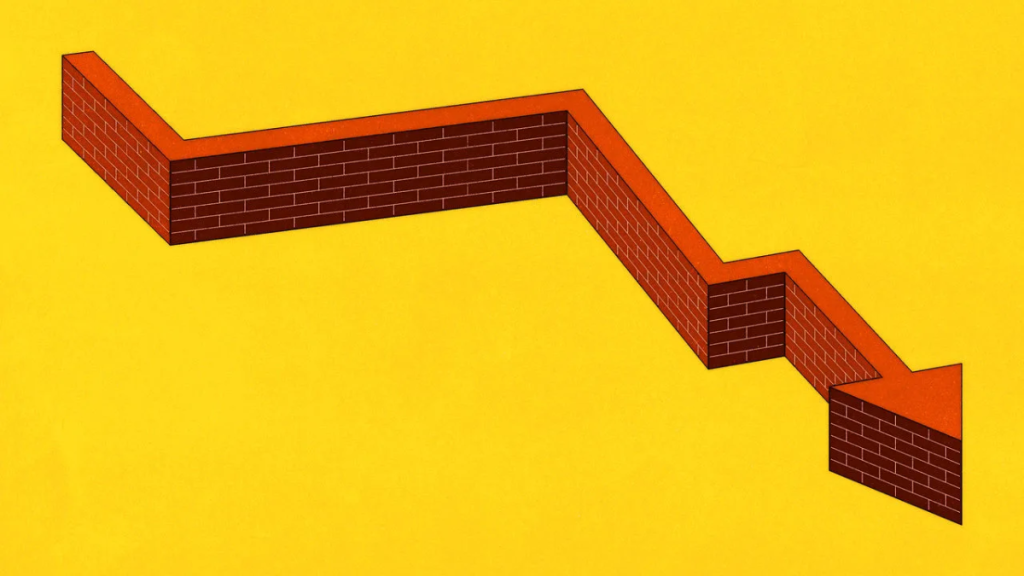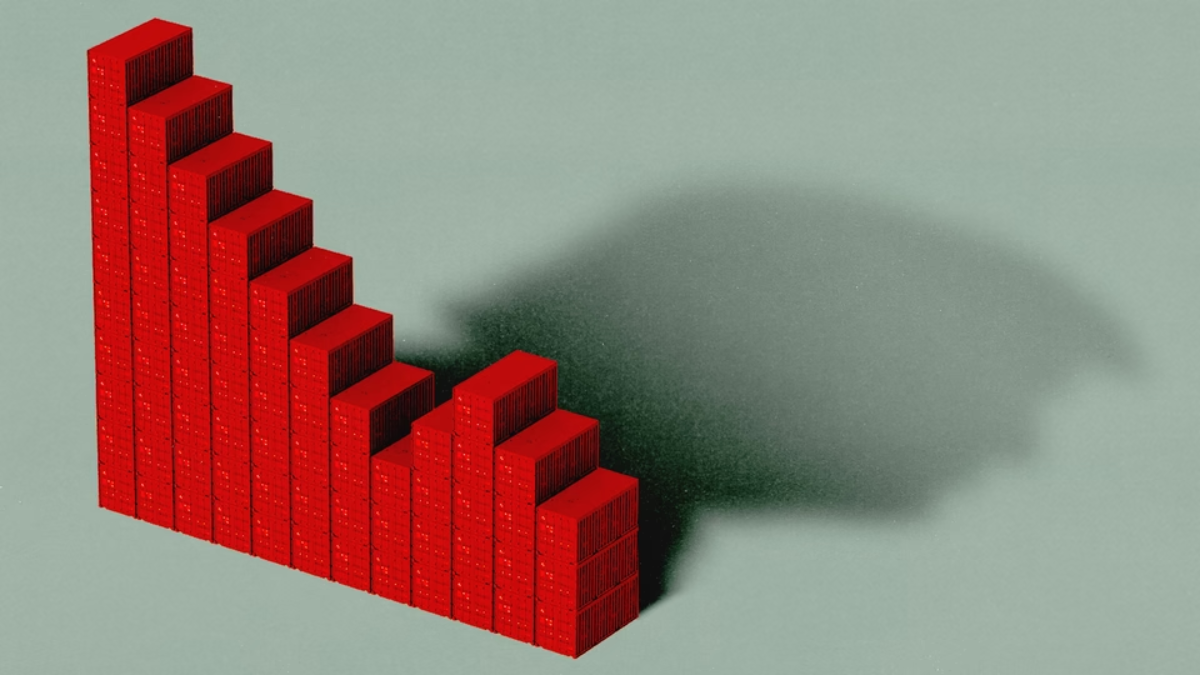As the U.S. gears up for the 2024 election cycle, former President Donald Trump’s return to the political spotlight is reigniting debate over his controversial economic policies.
Economists and financial experts are increasingly sounding the alarm, suggesting that Trump’s proposed strategies—particularly his inclination toward protectionism and tariff escalation—could plunge the country into economic turmoil.
During his first term, Trump championed an “America First” agenda marked by massive tax cuts, aggressive tariff policies, and significant deregulation.
While some industries, particularly domestic manufacturing and energy, briefly benefited, economists argue that the long-term effects—such as ballooning deficits and disrupted global supply chains—posed deeper structural risks to the economy.
Now, with Trump signaling a return to similar policies if re-elected, experts fear the U.S. could be heading toward a self-inflicted financial crisis.
Tariffs and Trade Wars: Economic Leverage or Dangerous Gamble?
One of the most contentious elements of Trump’s economic policy is his use of tariffs to force concessions from global trading partners, particularly China. While he argues that tariffs protect American jobs and rebalance trade, analysts warn that his approach risks sparking retaliatory trade wars and hurting U.S. consumers.
Trump has proposed an across-the-board 10% tariff on all imports, a plan that economists say would significantly raise prices for goods such as electronics, clothing, and food.
According to the nonpartisan Tax Foundation, such a policy could cost American households up to $1,500 more annually, disproportionately affecting low- and middle-income families.
“Trump’s tariffs function as a hidden tax,” said William Gale, a senior fellow at the Brookings Institution. “They increase costs for consumers and producers alike and threaten to destabilize international trade relationships.”
Deregulation and Deficits: A Dangerous Economic Cocktail
In addition to tariffs, Trump has promoted sweeping deregulation and tax reforms. His signature 2017 tax cuts reduced corporate tax rates from 35% to 21%, aiming to stimulate growth and investment. However, the Congressional Budget Office reported that the cuts contributed over $1.9 trillion to the national debt.
Critics argue that these tax policies overwhelmingly benefited the wealthy and corporations while doing little to address wage stagnation or income inequality. Worse, the increased federal deficits limited the government’s fiscal flexibility during the COVID-19 pandemic and subsequent economic recovery.
Economists also point to Trump’s rollback of financial safeguards—including weakening of the Dodd-Frank Act—as a factor that could reintroduce systemic risks into the banking sector.
“This is a recipe for another financial meltdown,” warned economist Joseph Stiglitz. “Reduced oversight and soaring deficits don’t promote sustainable growth—they create bubbles and long-term instability.”

Inflation, Interest Rates, and a Vulnerable Economy
America’s economic landscape in 2025 is vastly different from 2016. Inflationary pressures remain high, and the Federal Reserve has responded by raising interest rates to combat price surges. In this context, Trump’s suggestion to implement new tariffs and loosen monetary policy has drawn sharp criticism.
New tariffs could exacerbate inflation, forcing the Fed to maintain or even increase interest rates. That, in turn, could choke off borrowing, investment, and consumer spending—raising the risk of recession.
“Trump’s policies may have made sense during periods of economic expansion,” said Diane Swonk, chief economist at KPMG. “But applying the same approach now could tip the economy over the edge.”
Additionally, Trump’s continued criticism of the Federal Reserve and its chairman, Jerome Powell, threatens the perception of the Fed’s independence—a key factor in maintaining market stability.
Global Confidence and America’s Financial Reputation at Stake
Another pressing concern is how Trump’s rhetoric affects America’s global financial credibility. Allies and investors closely watch the country’s political climate when making decisions on trade, investment, and currency reserves.
A Trump-led government that reintroduces erratic economic measures could undermine international confidence, leading to capital flight, stock market volatility, and currency devaluation. His past threats to exit trade pacts and undermine institutions like the World Trade Organization (WTO) also contribute to a climate of unpredictability.
“Economic stability depends on trust,” noted international economist Eswar Prasad. “If Trump returns to a hostile stance on multilateral trade and fiscal responsibility, it will shake global confidence in the U.S. as a reliable economic partner.”
Conclusion: A Warning Against Repeating Economic Missteps
While Donald Trump maintains a strong following among voters who credit him with a pre-pandemic economic boom, financial experts urge caution. His past economic strategies, though bold, often resulted in unintended consequences—trade wars, rising deficits, and uncertainty in global markets.
If re-implemented in 2025, these policies could magnify existing challenges like inflation, slowing growth, and wage inequality. The consensus among economists is clear: Trump’s economic agenda, if not carefully moderated, could steer the U.S. into troubled waters.
With the stakes this high, the upcoming election could prove pivotal—not just for America’s political direction but for its financial future as well.
For a deeper dive into the impact of U.S. trade policy on global markets, visit Brookings’ trade research page.
Disclaimer – Our team has carefully fact-checked this article to make sure it’s accurate and free from any misinformation. We’re dedicated to keeping our content honest and reliable for our readers.
